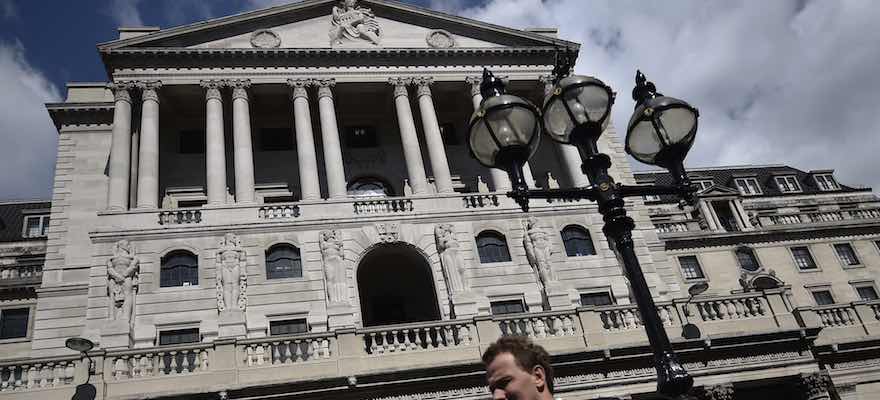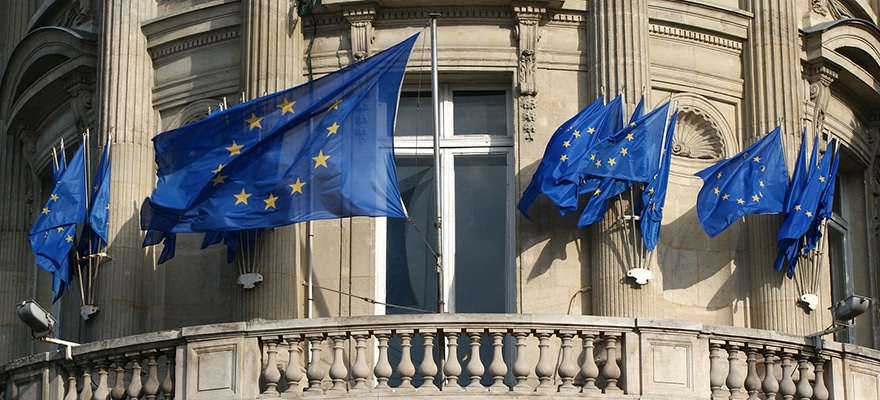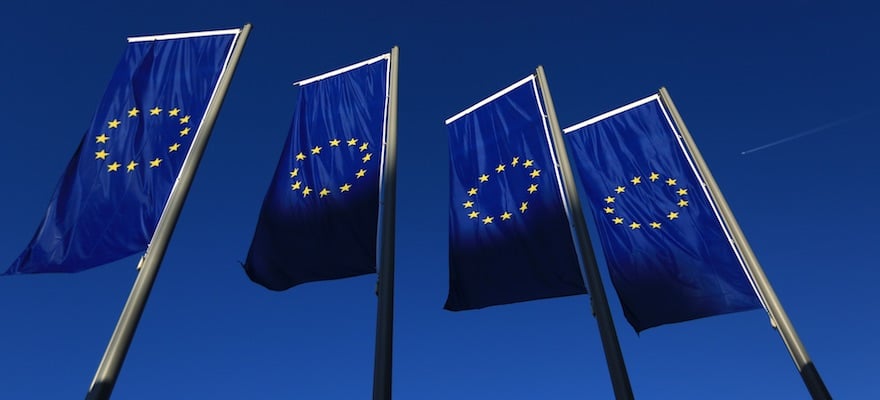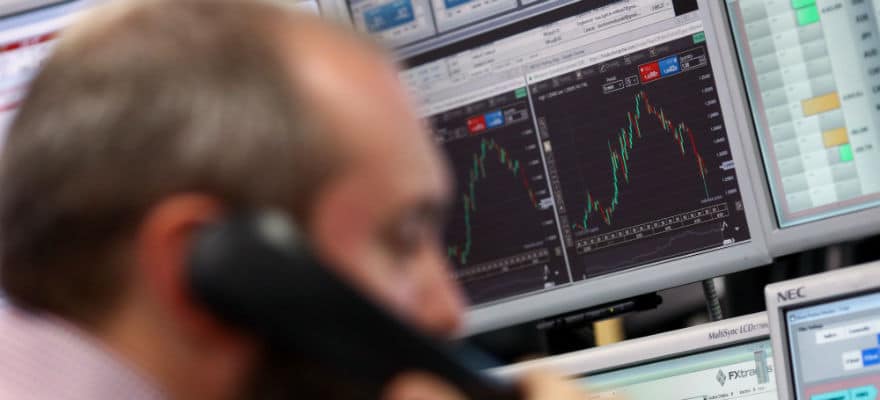This article was written by Neil Crammond, Director of Risk Management at Avem Capital Limited.
In March 2009, the Bank of England (BoE) began a large-scale purchasing programme of the UK government’s medium and long-term gilts. The BoE decided to launch its quantitative easing (QE) programme to rescue the sagging UK economy with the influx of hundreds of billions of 'printed' money.
However, the initial goals of any QE programme are, among others, to boost asset prices, manage inflation, reduce returns on savings and increase the supply of money in the economy. At first the programme had many supporters and all the major central banks, one after another, began financing its markets with rounds of QE. In fact, the UK was one of the most enthusiastic proponents of the programme.
No longer effective?
Loved and cherished after its introduction, QE is now seen as no longer effective and no longer necessary. Bringing the programme to a close however is not as straightforward as it would seem. In fact, history shows that the ending of a QE programme is a fairly complex process and difficult to execute in practice.
It is impossible to know when the right time to stop is
The Bank of Japan has been running its open-ended program continuously since 2001; the Federal Reserved Bank introduced it after the Great Recession of 2008-2009 and is still running it 10 years later, whilst the European Central Bank announced its first €1.1 trillion round of QE in 2015. So why is it difficult to end the QE programme?
I like to explain the concept of quantitative easing by comparing it to parents giving pocket money to their children. Do you remember your parents giving you pocket money? When did they stop giving you your monthly allowance? When you were a teenager or maybe in your early 20s? It's difficult for parents to decide when the right time to stop is. The same rule applies for the central banks.
Central banks are pouring money into the economy to keep it healthy, but it is impossible to know the right time to stop. Do it at the right moment, everything will be all right, do it at the wrong moment and it might lead to rapidly raising inflation levels and volatility, or even bubbles in asset markets.

Bank of England
Reuters
The UK market is currently supported by the BoE and is therefore stable; the worst decrease of the market this year was less than 2% in a day. It is possible however, that if the BoE withdraws its support at the wrong moment, something as dramatic as a Black Swan event could happen.
Such an event can happen when the market moves more than 10%. This is however, unlikely to happen while the BoE continues to run the support programme.
Withdrawal process
The BoE initially introduced the QE programme to support and eventually cure the economy. The stock went up, interest rates went down and everything seemed fine, for a period of time at least. But now the BoE is considering withdrawing its programme. But how can we take the medicine away if the patient is still sick? We surely can't do it all at once; it should be a gradual process.
The end of the BoE quantitative easing programme is approaching, but it won't end now, at least not suddenly. If it does, it is possible that the entire market would go into cardiac arrest. The government could run out of money virtually overnight, and we could see scenes like that of Venezuela, where hospitals had to close their doors to new patients. You may see teachers going unpaid and lights going out – something that actually happened to the UK in 1976.
After two years of Chancellor Denis Healey's leadership, government spending increased by 31 percent in 1974-75 and by 28 percent by 1975-76 – much of it on public sector pay, so the country went broke and had to be bailed out by the IMF. Not our finest hour.
It's understandable that the central banks are looking for ways to end their unlimited QE programmes and change their balance sheet strategy, thus slowly implementing the exit strategy.
Wait-and-see approach
It's likely that there will be some important announcements made by the end of 2017 regarding QE. It's the reason why many of us were closely watching the latest G20 summit. Unfortunately the leaders gathered in Hamburg failed to talk about QE. We were expecting some of kind discussion on the matter, but trivially Ivanka Trump replacing Donald Trump at the meeting table was the only ‘big’ news to arise. Hopefully we will hear some announcements by the end of this year.
The end of QE is on everyone's lips, but we are yet to see the process and consequences of that
Having said all that, just about every central bank is currently considering tapering their QE programme and thus begin their time of the tightening cycle. At the Fed the talk is of interest rate increases. At the European Central Bank, they want to 'adapt the intensity' of policy. At the Bank of England there’s disagreement about when to follow suit.
The Bank of Japan is currently seen as the laggard, having just reminded everyone that it has an infinite budget to fiddle with interest rates and isn’t afraid to use it. In other words, the interest rate cycle looks like it’s only just beginning.
If central bankers begin their tightening cycle by selling off their assets, that will affect market prices alongside driving monetary policy. We haven’t seen this process before, it will be something new.
The end of QE is on everyone's lips, but we are yet to see the process and consequences of that. In fact, Janet Jellen has already announced this week that the Federal Reserve hopes to never again have to restore its unprecedented monetary stimulus efforts.
















